On September 21, 2023, Google released Android 14 QPR1, hopefully marking the final milestone on the way to the stable Android 14 release. Pixel owners can install this beta on their handsets today using our Android 14 installation guide, although those with phones from other brands will need to wait for OEM-specific Android 14 releases. However, we now have a good idea of what to expect regarding Android 14 features and tweaks. Let’s take a look at what’s new in Android 14 and run through all the best Android 14 features worth knowing so far.
Android 14: Name and release date
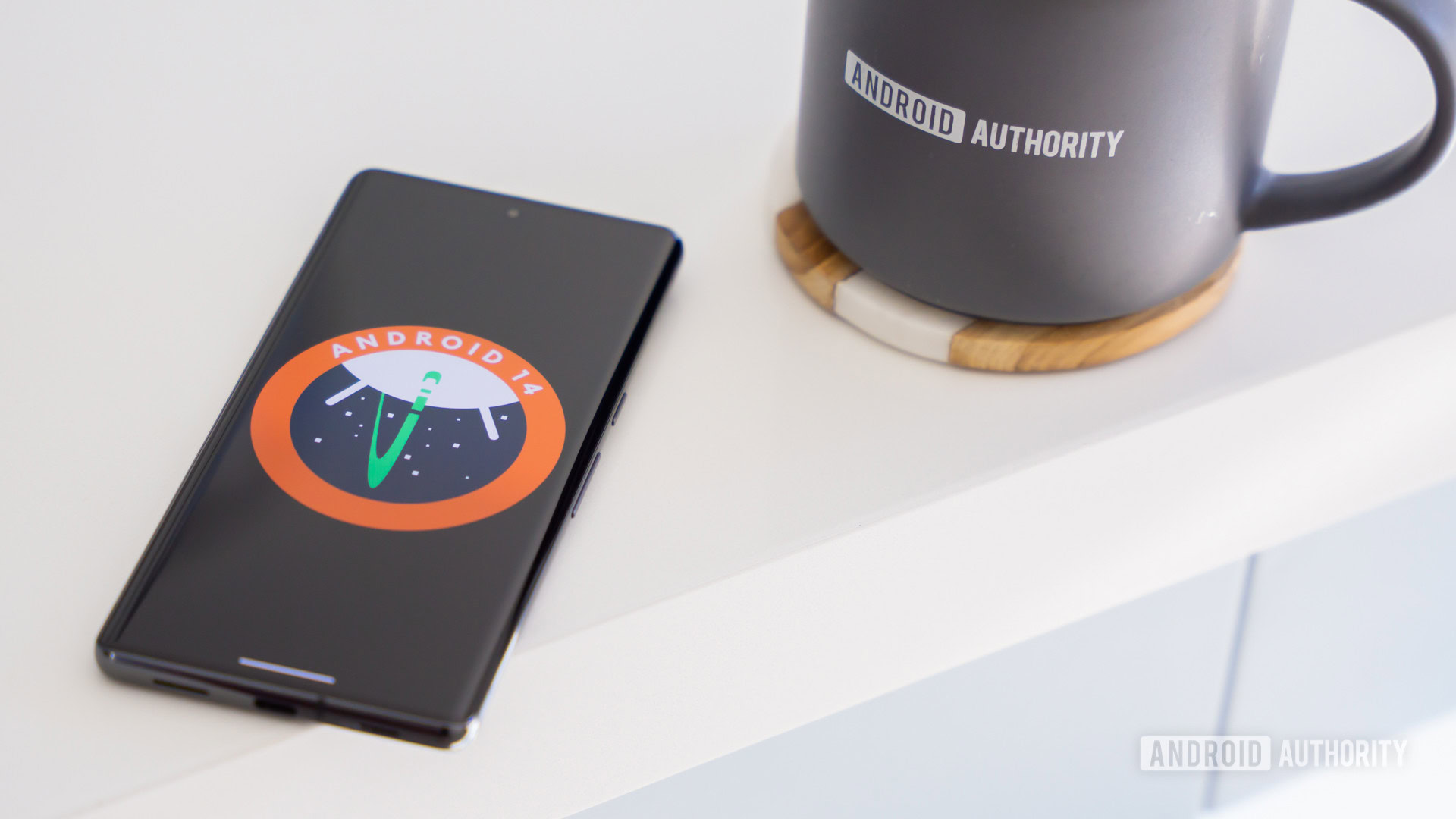
Edgar Cervantes / Android Authority
Prior to Android 10, Google used to name its Android versions after sweet treats. This included Android 7 Nougat, Android 8 Oreo, and Android 9 Pie. Nowadays, Google just sticks with the version number, so Android 14 is simply known as Android 14. However, Google still uses dessert names internally, and it turns out that Android 14 is dubbed Upside Down Cake.
Looking back at previous versions, Android 13 was released in August 2022, Android 12 was released in October 2021, and Android 11 was released in September 2020. As for a final Android 14 release date, there’s no official word just yet, outside of the tentative Android 14 schedule. However, Android 14 reached Platform Stability in June, and Google told developers that they would have “several weeks” from that point to test their apps before the stable release. It is now expected that Google will kick off the stable Android 14 rollout alongside the Pixel 8 series launch in October.
OEMs often take a little longer to release new Android versions, though, with the likes of Samsung and Xiaomi needing to first customize it with their own software skins.
Android 14 Easter egg
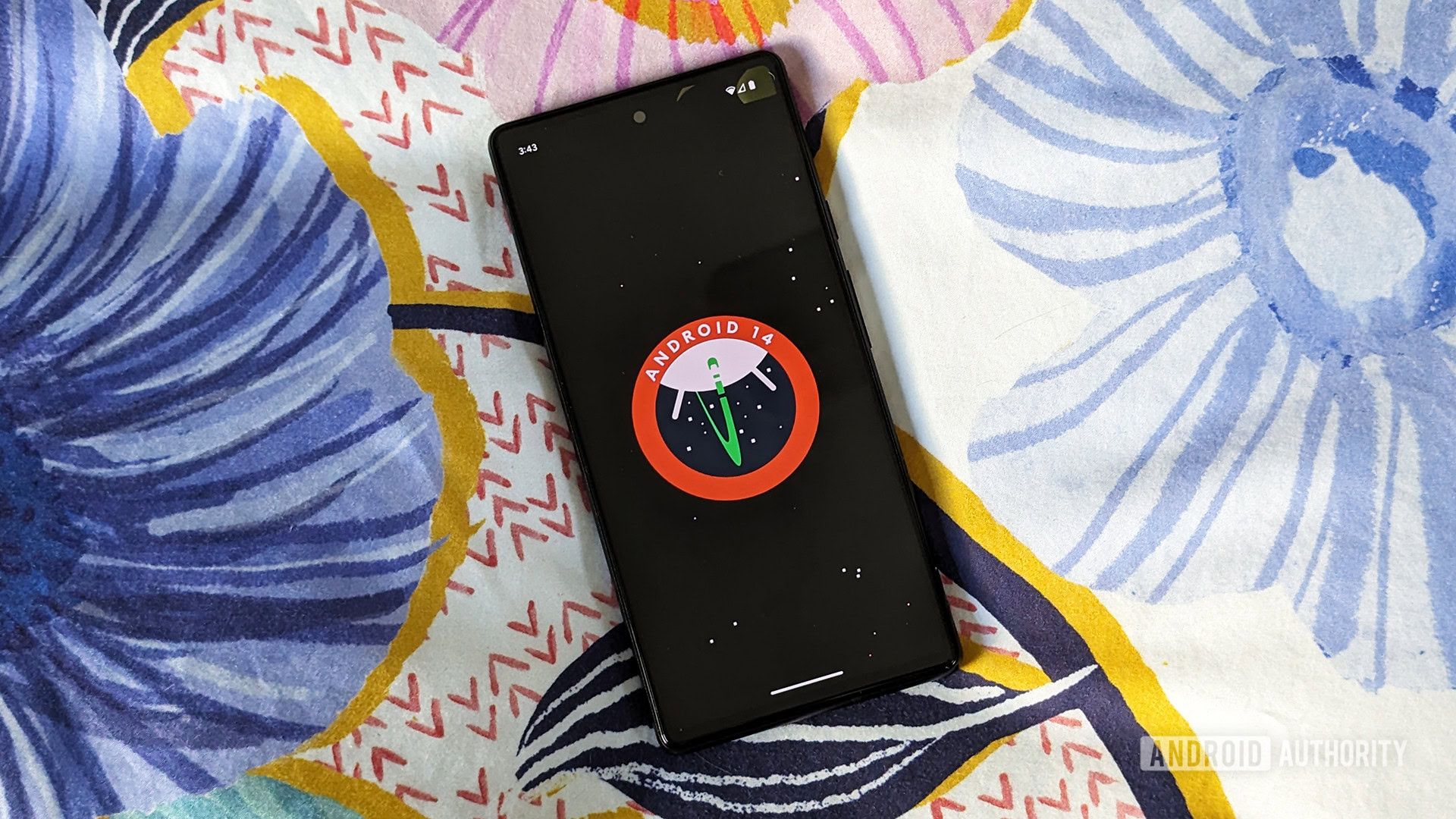
C. Scott Brown / Android Authority
With the release of Android 14 beta 4 on July 11, we got our first look at the new Easter egg. As per the official Android 14 logo — which is very reminiscent of the Apollo 14 patch — the Easter egg is all about space travel.
We have a full article going over how you can see the Android 14 Easter egg as well as screenshots of what it’s like. Be sure to give it a look!
Android 14 accessibility features
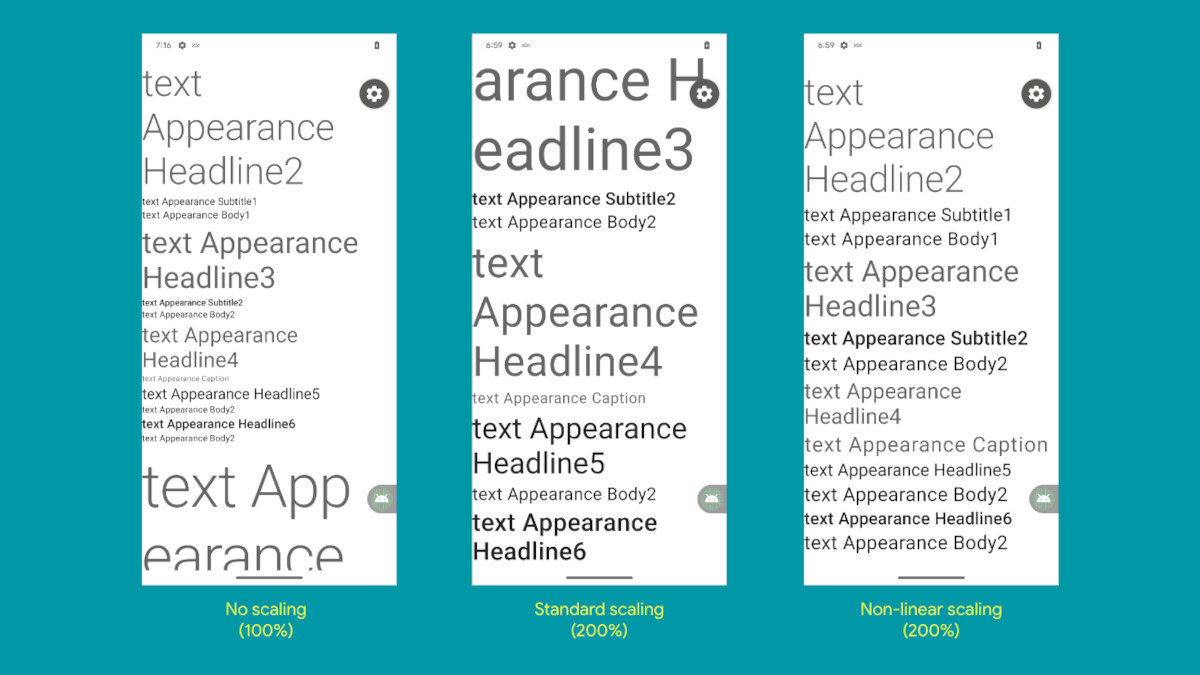
Google has done a good job over the years when it comes to implementing accessibility features. Android 13 introduced a new reading mode for visually impaired users, native braille display support, and audio descriptions. Meanwhile, Android 12 delivered improved screen magnification and the ability to control your screen with facial gestures.
Fonts go even larger
Android has supported large fonts for ages now, but what if the largest option isn’t big enough for you? Well, you’re in luck, as one of the biggest Android 14 features (literally) is larger font sizes.
Google specifically notes that users can now scale font sizes up to 200% in Android 14 versus Android 13, which topped out at 130% on Pixels. Interestingly, the company says it’ll also use non-linear font scaling so that text that’s already large won’t see further size increases. For example, a heading might not see a size increase, but smaller text below the heading could grow larger.
Notification flashes
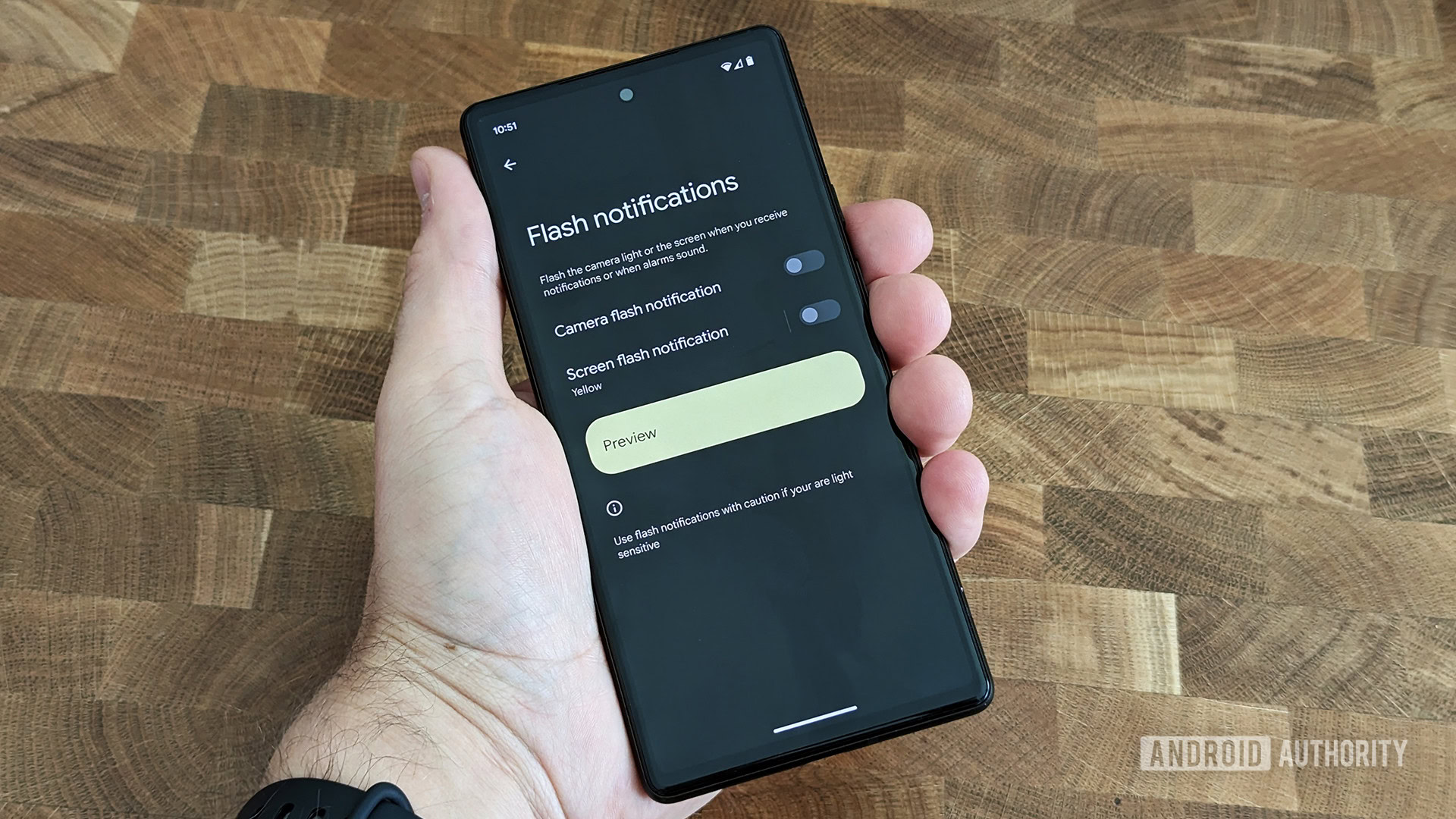
C. Scott Brown / Android Authority
If you are hard of hearing, Android 14 will allow you to see notifications by using the camera flash and display to light up. You can toggle these settings in the Accessibility section. Your choice is having the camera flash, the display flash, or both at the same time. With the display flash, you can also choose the color of the flash, which is nice. However, you can’t alter the way the flashes occur (pulse, flash, wave, etc.) and can’t create per-app customizations. The feature is either “on” or “off.”
Language-related improvements
Android 14 also brings tweaks related to language, starting with better support for gendered languages (e.g., French and German) via the Grammatical Inflection API.
Another language-related tweak is that developers can now take advantage of more granular per-app language controls. These controls now enable app developers to “customize the language list per region, run A/B experiments, and provide updated locales if your app utilizes server-side localization pushes.”
Regional preferences
If you’re a European living in the US, you might want to use Euro-style measurements, calendars, and other systems. With Android 14, that will be possible. You’ll be able to make temperature units Celsius and make the first day of the week Monday, for example.
Android 14 battery features and tweaks
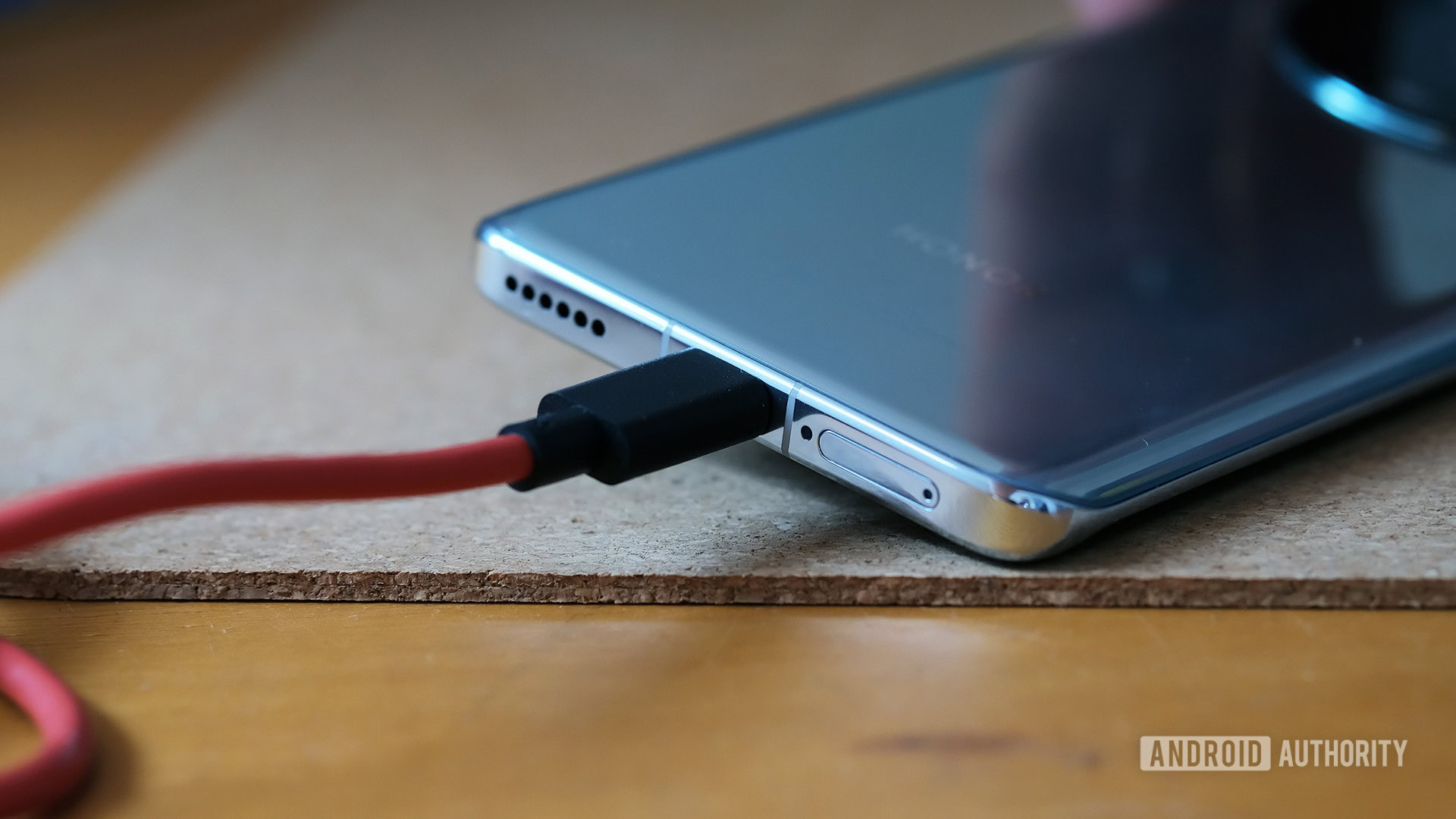
Robert Triggs / Android Authority
Android 14 brings a variety of changes in an effort to improve battery life. You shouldn’t expect anything massive like Android Marshmallow’s Doze Mode or an extreme battery saver, but these under-the-hood changes should still yield major savings.
Google tinkers with Android’s inner workings
For starters, Google is tweaking two Android APIs (foreground services and job scheduler) with a view to improving efficiency for tasks like background activities and downloading large files.
“The user-initiated data transfer job will make managing user-initiated downloads and uploads easier, particularly when they require constraints such as downloading on Wi-Fi only,” Google says of its tweaks related to file downloads/uploads.
The battery life focus doesn’t end here, as Android 14 also improves the platform’s internal broadcast system for better efficiency.
A new permission for alarms
Google is implementing a “schedule exact alarm” permission, requiring all newly installed apps that aren’t clocks or calendars to request this permission from users. The company explained this addition by saying that precise alarm functionality can affect battery life and other resources.
A familiar stat returns
One returning feature we’re happy to see is the “screen time since last full charge” feature. The option is back in the battery settings menu after it was hidden in Android 12 in favor of your battery usage over the last 24 hours. This returning option is handy if you want a more accurate idea of how long your phone actually lasts.
New battery information
Android 14 allows you to see new battery information such as its manufacturing date and cycle count. The info can be found in Settings > About Phone > Battery Information. However, it might not be displayed on all phones.
Android 14 privacy and security features
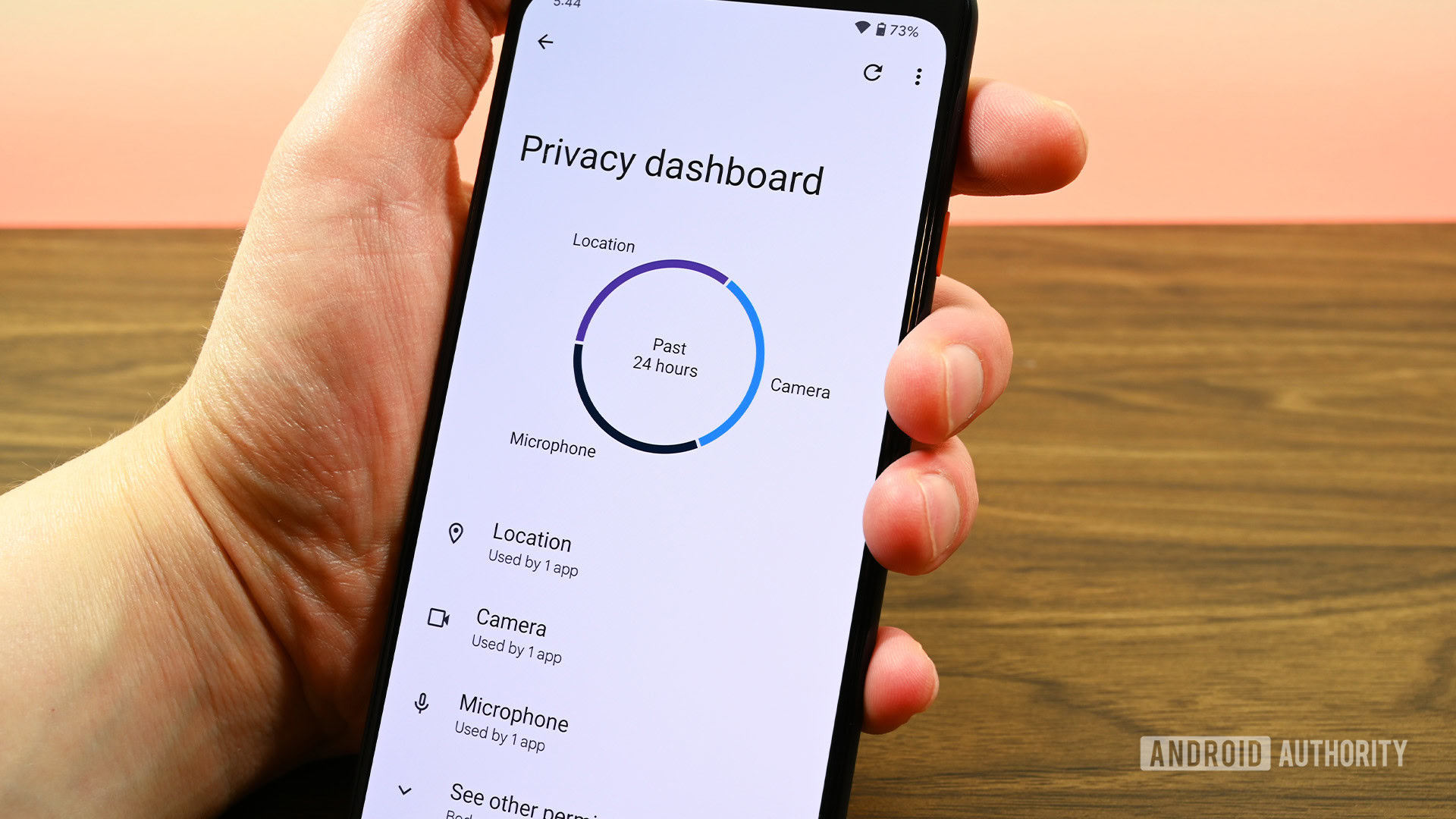
Joe Hindy / Android Authority
Android 14 has a ton of features related to privacy and security. We’ve got all the significant changes here, some of which could draw a lot of controversy.
Say goodbye to installing super-old apps
One of the biggest differences between Android 14 vs Android 13 is that the new update now blocks older Android apps from being installed. Google says this change specifically targets apps built for Android 5.1 Lollipop APIs and older.
This is a pretty big change, with the search giant reasoning that malware often targets older API levels that don’t take advantage of more modern security and privacy protections.
This tweak means that many abandoned apps (e.g., old games and niche apps) can’t be installed on Android 14 phones. If there’s any consolation, it’s that Google says older apps will remain on your device if you upgrade to Android 14. But this obviously won’t be the case for devices launching with Android 14 out-of-the-box.
Only share certain photos and videos
On Android 13 and earlier, if an app asks for permission to access your photos and videos, you can either say “yes” or “no.” With Android 14, you have a bit more control. Now, you’ll be able to allow apps to have access to some photos and videos using the permission notification below:
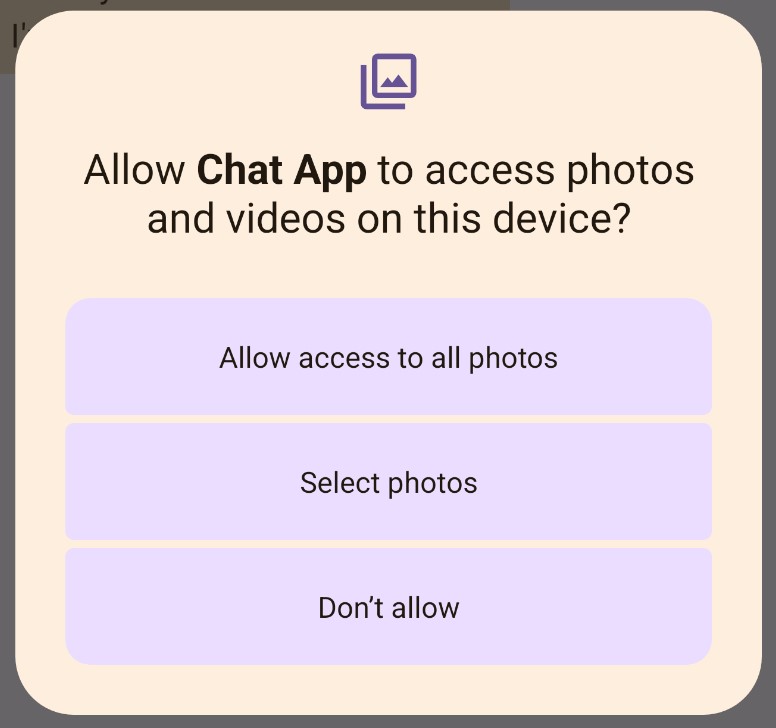
This is great for privacy, as apps can only see the pictures and videos you want them to see (no judgment here, folks).
Enhanced PIN privacy and optional removal of ‘OK’ button
In Android Settings, you’ll be able to turn off animations when you enter your PIN. This will make it trickier for “shoulder surfers” to see you enter your PIN and memorize it. This small change could be the difference between someone being able to access your phone or not. As of now, this feature is set to “off” by default.
Likewise, Android 14 removes the need to hit an “OK” button after entering your PIN. Instead, you can just enter the number, and your phone will unlock. Note that this will only work if your PIN is six digits or more. If your PIN is six digits or more, it will automatically turn the feature on. If you want the “OK” button back, though, you can manually institute it.
Data sharing updates
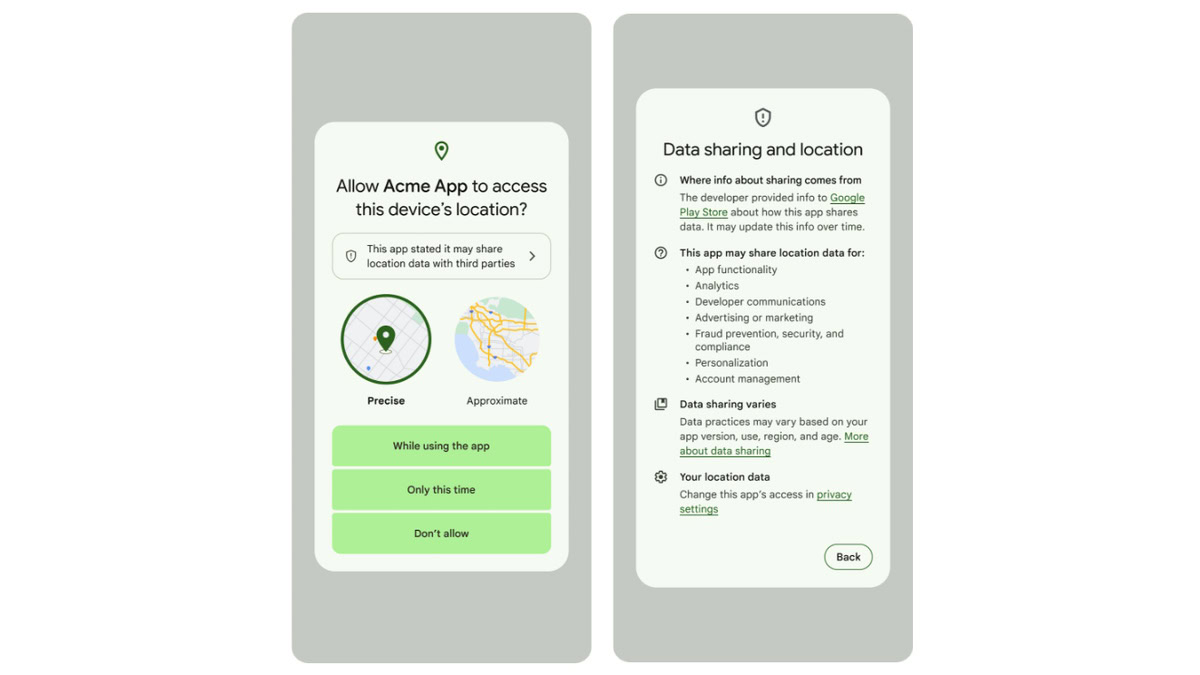
Let’s say you install an app on Monday. You accept the permissions and privacy policies for that app. Then, on Tuesday, the app changes the terms of those policies. Up until now, you wouldn’t know about this unless the company contacted you directly. That will change with Android 14, as you’ll now get a pop-up (see above) telling you about any changes that have happened with any particular app.
Other security-related changes
Google is also fighting malware and exploits by making tweaks to the intents system and dynamic code loading. Neither of these features is user-facing, but they should still give defense in depth when it comes to malware and vulnerabilities. Passkey support is also enhanced with Android 14, moving us closer to a password-less future.
Cross-device improvements for developers
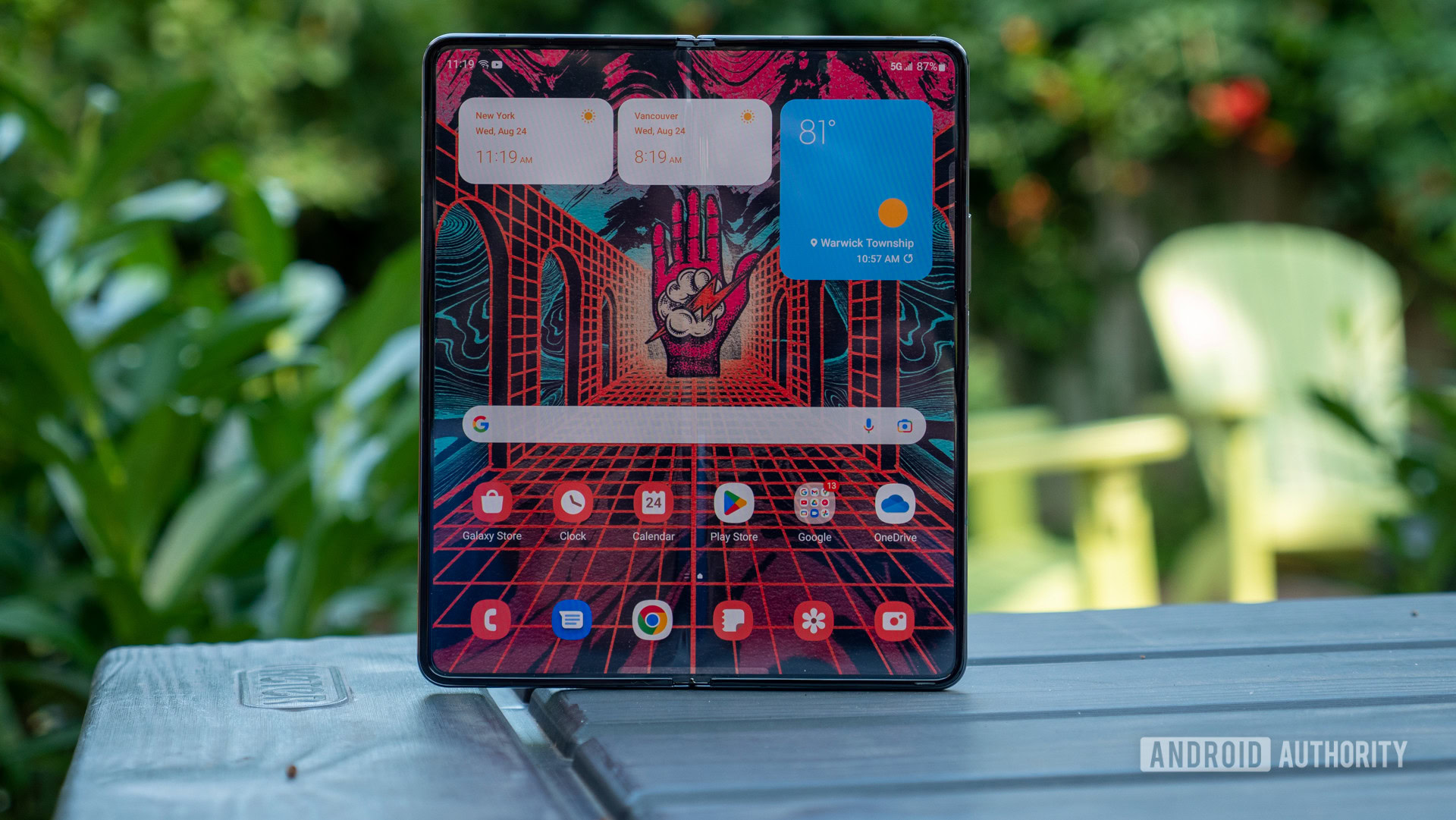
Ryan Haines / Android Authority
Android has been making a cross-device play for years now, and Google is continuing this push in Android 14. This time, we’re getting developer-focused additions such as window size classes and sliding pane layout so apps can more effectively adapt to different screens.
Finally, Google says it’s offering a preview of its cross-device SDK so developers can more easily build apps that run across different devices and form factors.
Needless to say, there don’t seem to be any significant user-facing cross-device improvements here as we saw with Android 12L. But we’re still glad to see Google offering improved tools to make apps run well on more than just your typical phone.
Miscellaneous confirmed features:
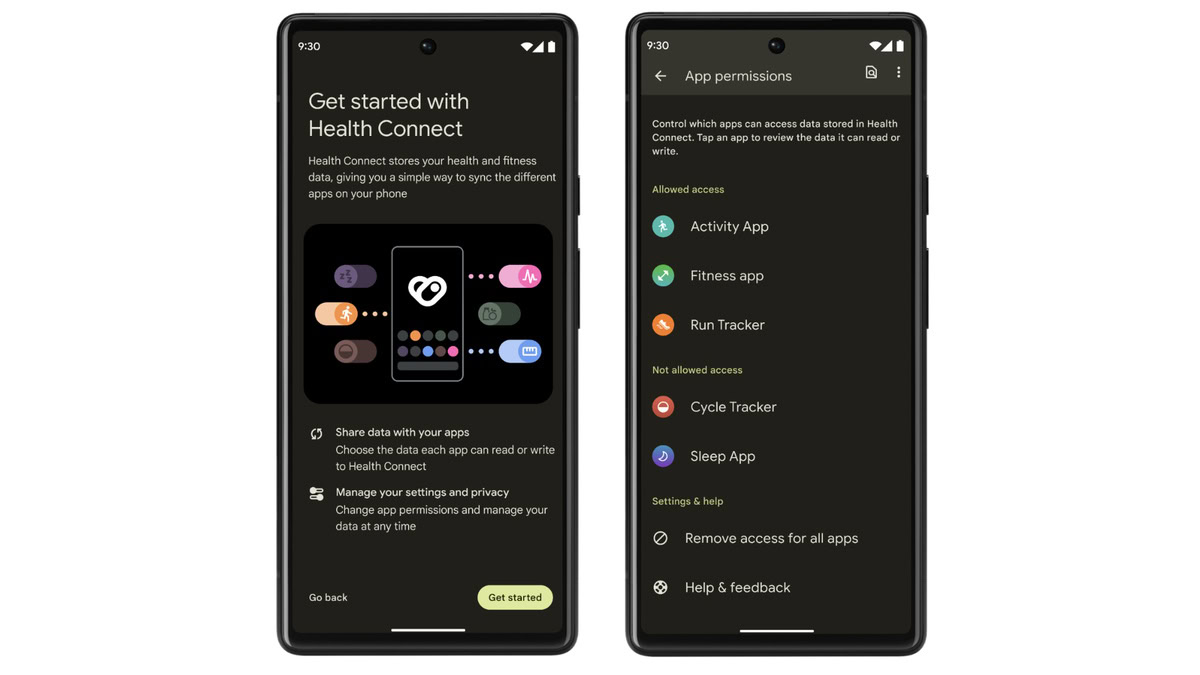
Here are some other Android 14 features we know are on the way!
Integrated Health Connect
The Health Connect app is effectively a hub to collect health data from your various fitness and health apps, and it indeed supports health/fitness data from big-name players like Samsung, Fitbit, and Peloton.
At the moment, this is still a downloadable app. However, with the launch of Android 14 beta 2, Google confirmed Health Connect will now come with Android out-of-the-box. This means you won’t need to install it manually, and updates will come automatically.
Custom lock screen
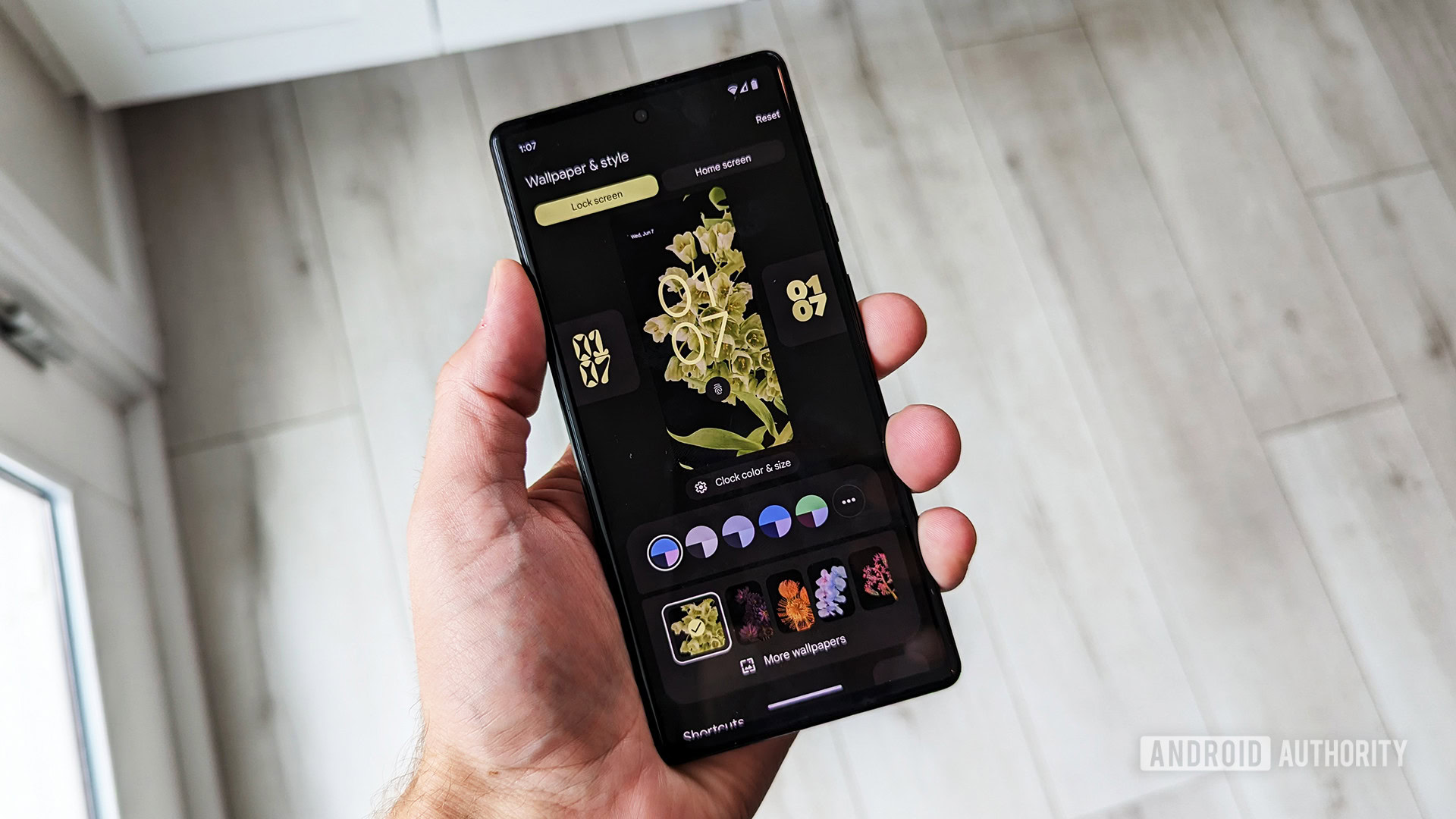
C. Scott Brown / Android Authority
You can already customize your home screen with widgets, wallpapers, icon packs, etc. The lock screen, however, has been far less customizable. That changes with Android 14, as you’ll be able to customize all sorts of aspects of the lock screen. Google demonstrated custom lock screens at Google I/O 2o23 and officially rolled it out to users with the third Android 14 beta.
Custom wallpapers
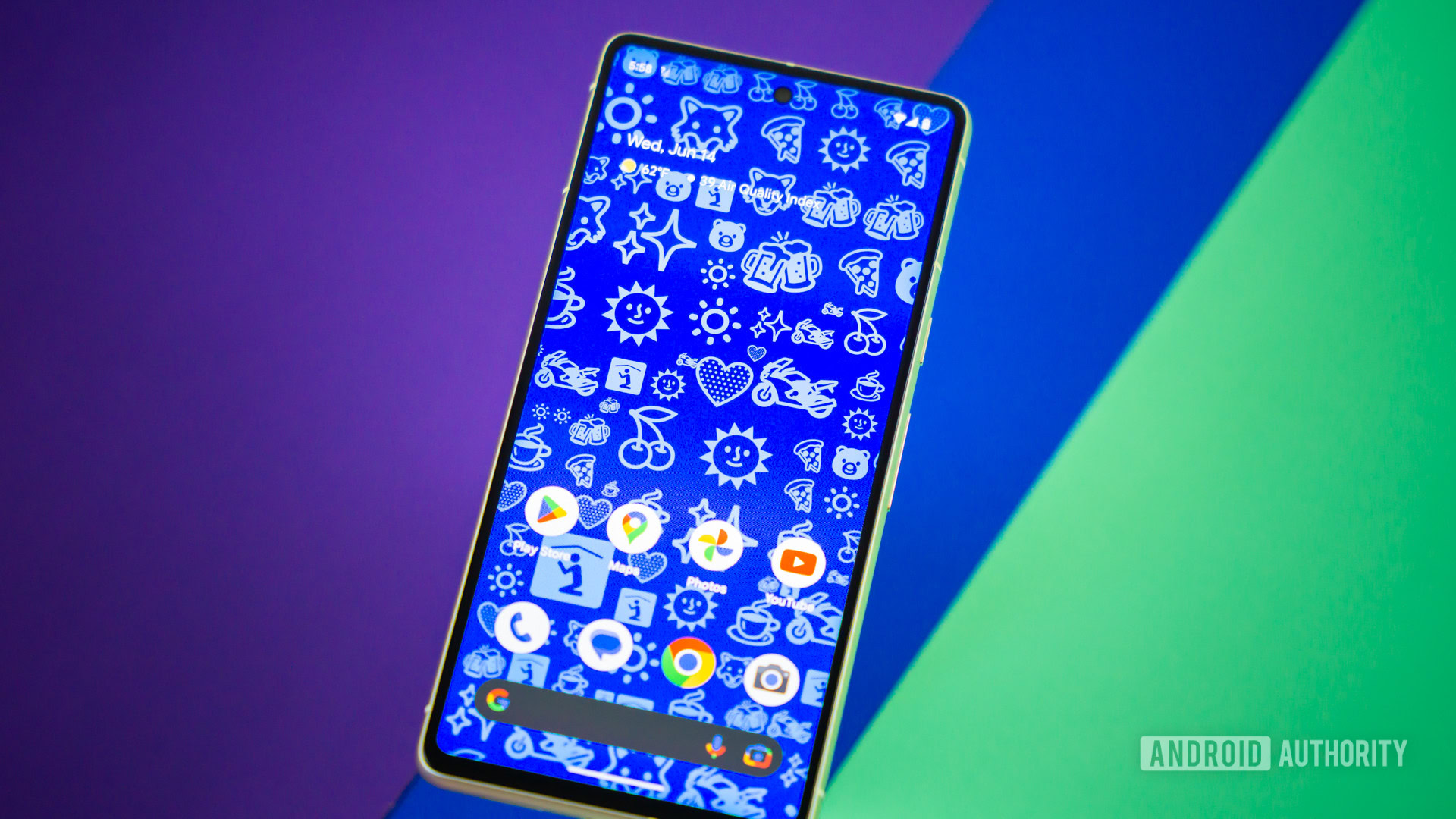
Edgar Cervantes / Android Authority
At Google I/O 2023, the company rolled out not one, not two, but three new ways to create custom wallpapers. The first creates an artificial parallax effect from your own images. On stage, David Burke showed how this works with a picture of a child. Next, he showed off a new Emoji wallpaper creator (as seen above). You select the Emoji you like, select some colors, and then you get a fun, colorful layout of cartoons. Finally, Burke demonstrated a generative AI system for creating wallpaper images from text prompts. The first two systems will land with Android 14’s stable debut, but the generative AI system will roll out sometime later.
Smaller confirmed updates
- Android 14 will now support lossless audio when using wired headphones.
- Support for 10-bit HDR (aka Ultra HDR) is on the way, allowing it to retain more information from the sensor when taking photos and opening the door for more vibrant colors and greater contrast.
- The Camera2 and CameraX extensions will see updates, allowing apps that use them to handle longer processing times. This will help improve use cases like low-light photography that rely on compute-intensive algorithms.
- Android 14 will let enterprise and government users restrict a device’s ability to fall back to the insecure 2G standard.
- Google is also letting users disable support for so-called “null-ciphered” cellular connections in Android. In other words, users can choose to only use encrypted cellular connections.
- A new setting in Android 14 QPR1 lets you change the way the Pixel Fold behaves when you fold it. It now lets you keep apps open even when you close the phone.
- Android 14 also lets you change the aspect ratio of apps so they’re shown in full-screen on foldables and tablets.
- When you connect a Bluetooth device to an Android 14 device, you will be able to select its “audio device type.” You can choose between Speaker, Headphones, Car Kit, Hearing Aid, or Other.
Other expected and rumored Android 14 features

Ryan Haines / Android Authority
The aforementioned entries are just the features and tweaks Google has officially confirmed so far. However, there are a few more Android 14 features that have either been officially confirmed before or are expected based on hints in Google code.
Find My Device updates
Google is borrowing one of the best features of Apple’s network for Find My Device. With Android 14, users would likely be able to locate devices even when they’re powered off. Google is reportedly working on its own Find My Device network, which will allow a switched-off device to ping other nearby Android devices over Bluetooth, which in turn will be able to report the general location of the offline product. Evidence for this feature was also found in Android 14 QPR1.
Floating search bar
Google also appears to be testing a floating search bar for the Pixel Launcher in Android 14. We found the feature hidden in the first beta for Android 14 QPR1. When enabled, it causes the search bar to sit above the keyboard instead of at the top of the screen when you’re in the app drawer. It sits above the UI of both Gboard and SwiftKey and could do the same for any other Android keyboard app.
Repair mode
Google may be testing a new repair mode for Pixels. It sounds very similar to the Maintenance Mode on Samsung Galaxy devices that creates a new user profile when phones are sent in for repairs, but we think Google might be simulating a factory reset. Google could make use of a mechanism it introduced in Android 10 called Dynamic System Updates (DSU) to make this happen. You can read more about how the repair mode on Pixels might work when and if it’s launched.
Screen search gesture
Android 14 could bring a new screen search gesture inspired by Google Now on Tap. The latter was killed by Google when the Google Assistant was launched. Evidence found in Android 14 QPR1 suggests users may be able to press and hold the navigation handle to invoke a search their screen.
Use any smartphone as a webcam
With Android 14, Google could allow any Android phone to be used as a webcam if device makers wish to implement the functionality. It may no longer be necessary to use a third-party app to turn your phone into a webcam. Mishaal Rahman explains the feature in detail here.
The news came via a tweet in September 2022 courtesy of Google executive Hiroshi Lockheimer. Unfortunately, the company didn’t clarify specific capabilities here, such as support for two-way communications and multimedia formats. But native support should make things easier for smartphone brands and service providers nonetheless.
One question around native support for satellite connectivity is whether we’ll see 2023’s Pixels picking up this feature. But we’ll just have to wait and see for now.
Predictive back gesture
Android’s back gesture functionality can be a little unpredictable at times. Will the gesture take you to the previous screen or to the home screen? Who knows! Thankfully, it looks like Google is working on a solution for Android 14.
Veteran journalist and code sleuth Mishaal Rahman uncovered evidence that Android 14 would offer a predictive back gesture feature by default (after it was optional in Android 13). This will give you a visual preview of where the back gesture will take you.
Cloned Apps
Certain OEMs have a feature that allows you to clone an app. This is useful for signing into one app with two different accounts. You just clone the app, sign into the secondary account in the clone, and then open whichever app you want at that moment.
There is evidence that Google could be working on an app cloning for Android 14. This would allow you to clone apps without needing to buy a phone from OEMs that support it, because all Android phones would have it. We don’t know for certain if this will make it to the final build or not, but it appears to be a work in progress.
Bloatware finder
Bloatware is a huge problem. Some of the worst bloatware comes from your carrier. Occasionally, a surge of software will download and install behind the scenes as soon as you insert your SIM card into a phone. Google wants to fight this with a feature it’s working on for Android 14. Currently known as “Apps installed in the background,” this feature will show you any and all apps that have downloaded secretly and allow you to uninstall them quickly. This feature needs to be activated with hidden developer flags, so it might not make the stable Android 14 release — but we sure hope it does!
App Pair saves
Android 14 gives users the ability to launch two apps side-by-side in a split-screen view. This feature is called App Pair. But that’s not all; it looks like the operating system may also allow users to save those app pairs and add a shortcut to the home screen. This way, the user can quickly relaunch an App Pair by tapping on the shortcut.
Improved taskbar for foldables and tablets
Android expert Mishaal Rahman also uncovered evidence that Google was working on a number of additions to the taskbar. For one, he discovered that Google was working to bring a search bar to the taskbar. The platform holder also seems to be working on displaying recent apps in the taskbar (albeit in desktop mode) as well as letting users choose between a permanent and transient taskbar.
It’s worth noting that pretty much all of these taskbar enhancements are available in Android skins from other brands. But this would open the door for the Pixel Fold, Pixel Tablet, and devices from other OEMs to get these additions. Rahman adds that this might only arrive in the Android 14 QPR1 release, though.
Other spotted or rumored Android 14 features
Top Android 14 questions and answers
So far, we know that the Camera2 and CameraX extensions will see updates, allowing apps that use them to handle longer processing times.
Unless you really know what you are doing or have a second phone lying around, you’re better off waiting for the stable Android 14 release as these betas will have bugs and generally lack polish.
Google Pixel phones tend to get stable Android releases on the day they’re released. But you’ll need to wait if you’ve got a phone from another brand like Samsung, Xiaomi, OPPO, or Motorola.
These are all the best Android 14 features worth knowing about so far. We’ll be sure to update this article with new features as new Android 14 previews are released.



